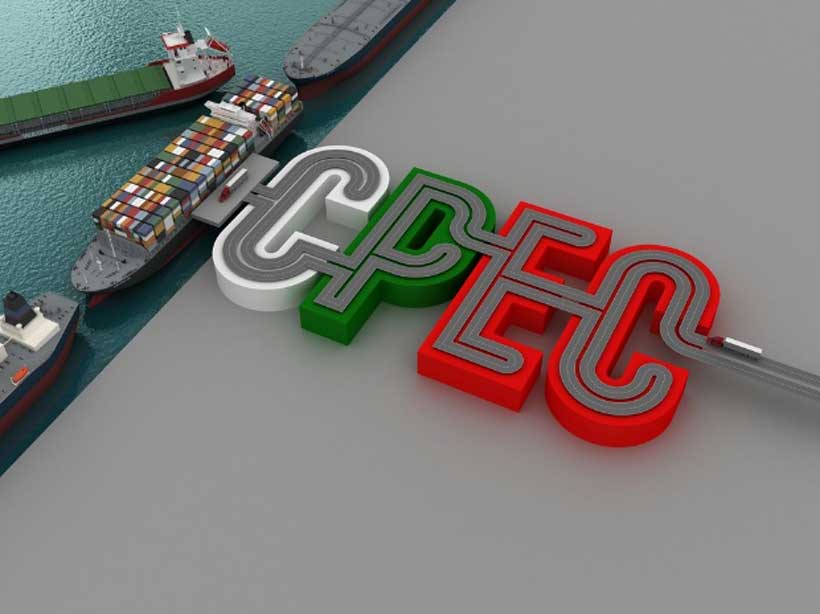BEIJING: It seems that Indian media outlets and western powers along with their so-called “pseudo puppets” are once again “purposefully” very active in propagating against China-Pakistan Economic Corridor (CPEC). Ironically, even “political wings” of many foreign missions in the country are trying to “mapping” the route of the CPEC in Gwadar and Gilgit-Baltistan regions.
Their visits got tremendous “momentum” after the announcement of the India-Middle East-Europe Economic Corridor (IMEC) during the recently concluded G20 in New Delhi and have already started a new debate in the country about the fate of CPEC which is not a good omen.
Despite all “false” and “fake” propaganda, the CPEC is moving forward to bring “economic prosperity”, stability and sustainability in the country. According to the Ministry of Planning Development and Special Initiatives, China and Pakistan are committed to “expanding” the scope of the CPEC to include new areas of cooperation and categorically “rejected” the propaganda that China does not want to expand the scope of the CPEC.
It termed the published story in the local media and India as “fabricated”, “factually” “incorrect”, and had “misleading” information. It upheld that the CPEC projects have already been implemented and are currently ongoing in Gilgit-Baltistan, Khyber-Pakhtunkhwa, Azad Jammu and Kashmir and the coastal areas producing “substantial” dividends for the socio-economic uplift of the local population and country alike.
There is no “ambiguity” that areas such as water resources management, climate change and tourism were already part of the CPEC long-term Plan and both sides agreed during the deliberations before the 11th Joint Cooperation Committee (JCC) to work out the detailed contours of these projects in upcoming sessions of respective Joint Working Groups (JWGs).
In this regard, it is pertinent to mention that the JWGs are technical bodies comprising experts from both sides, who are responsible for conceiving and evaluating project proposals in their respective areas. Therefore, sponsored media speculations and manipulating tactics do not have any “creditability” and “relevance”.
Technically speaking, it holds the goals and objectives of the CPEC Long-Term Plan which is indeed based on standard procedure of the approval of CPEC projects, ensuring all careful consideration of all proposals.
In addition to this, China and Pakistan have a time-tested friendship, and CPEC has greatly already enhanced Pakistan’s energy, logistical and physical infrastructure capabilities and hopefully CPEC Phase-II will further “enhance” its capacity building mechanism in terms of trans-regional connectivity, infrastructure development, qualitative industrialization, agriculture development and last but not the least, social development in the country. It is a good omen that the benefits of CPEC are widely distributed throughout Pakistan. There is no regional or provincial prejudice in this regard. –Agencies






